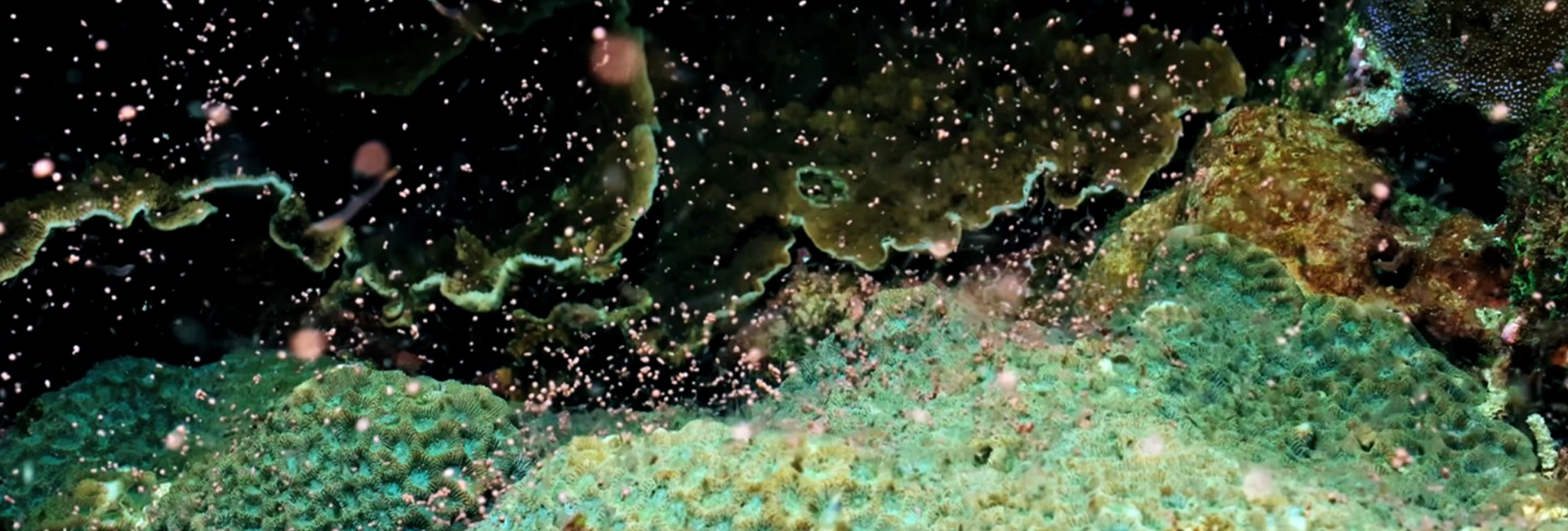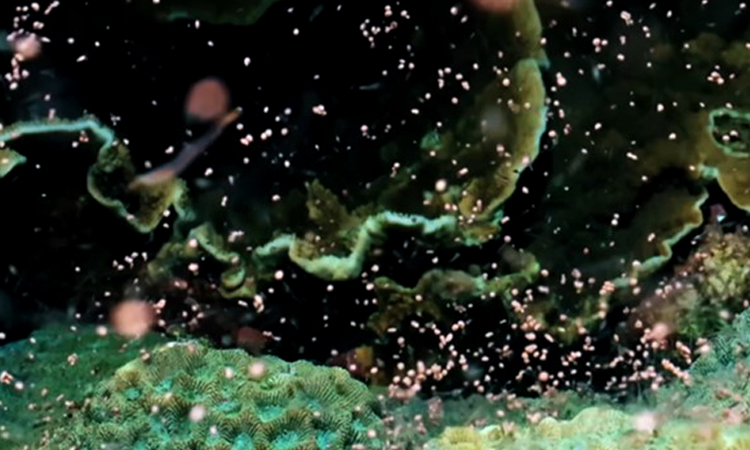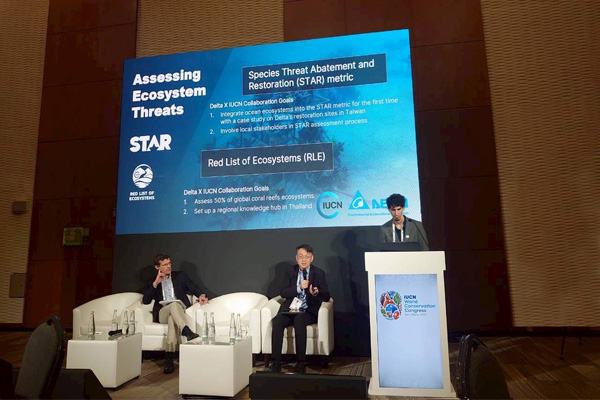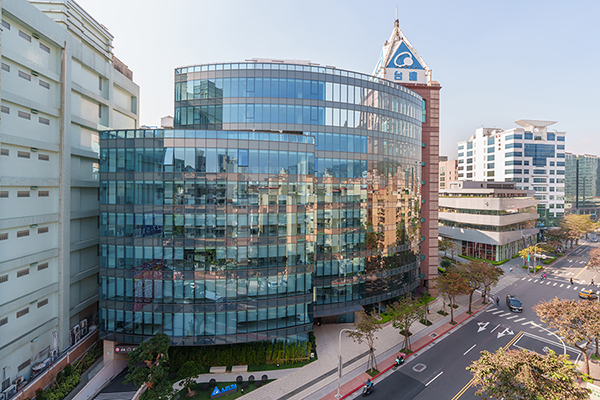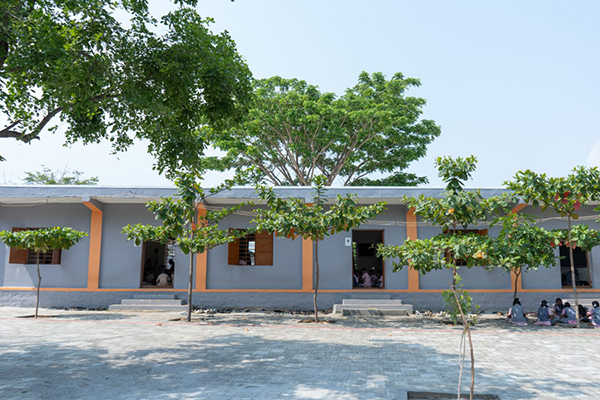For the first time, the hosts on the boat and underwater are connected for Interaction, providing real-time underwater 4K live streaming perspectives
To evoke public awareness on biodiversity, in addition to actively implementing coral restoration, this year Delta Foundation, in collaboration with the National Museum of Marine Biology and Aquarium and the Kenting National Park Service, conducted a live broadcast of coral spawning on March 23 of the lunar calendar (May 1), which coincided with the peak spawning period in Kenting. This not only provided real-time footage of the spawning process but also included explanations from researchers on board the ship and underwater to help everyone understand coral knowledge and the progress of the spawning.
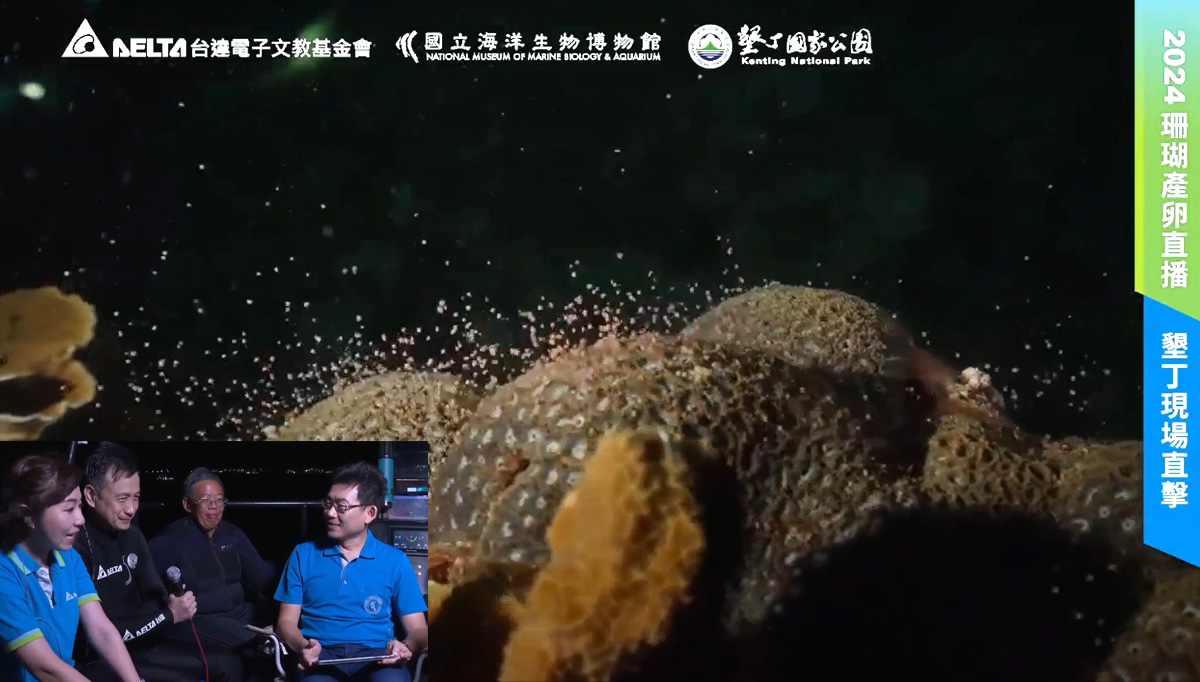 The live streaming event provides explanations from researchers to help everyone understand coral knowledge.
The live streaming event provides explanations from researchers to help everyone understand coral knowledge.
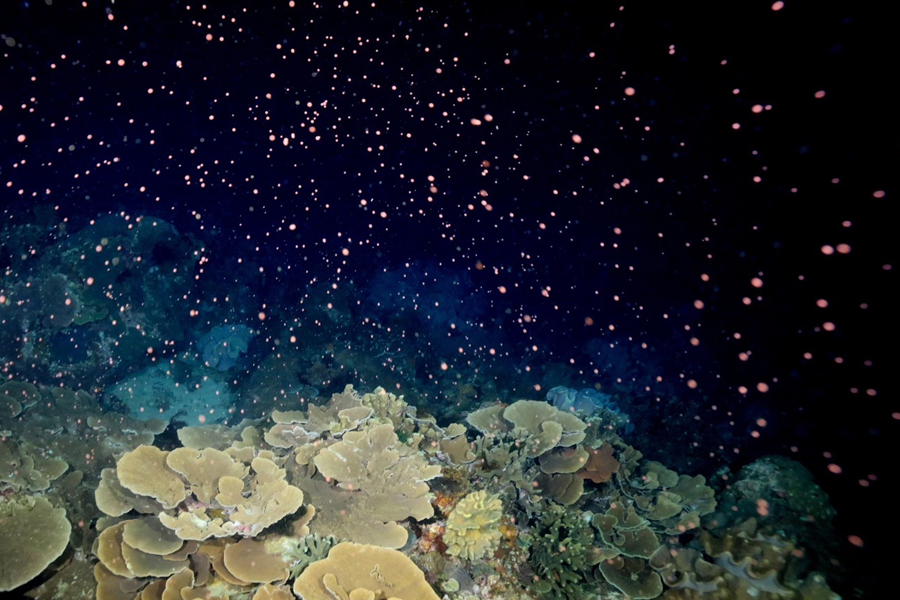
Corals exhibit a large-scale spawning phenomenon as one of their reproductive strategies.
Corals exhibit a large-scale spawning phenomenon as one of their reproductive strategies. Since corals cannot move, sexual reproduction relies on the rapid release of a large number of eggs in a short period of time. Fertilization occurs externally in seawater, after which the zygotes settle on the sea floor and eventually develop into corals. The Kenting area itself has a unique hot spring water temperature, which is a potential reason for maintaining the coral ecology well and even helping to enhance the coral recovery ability. The site chosen for the Foundation's live stream is outside the water intake of the Maanshan Nuclear Power Plant in Kenting. The coral species diversity and coverage are high, making it an excellent place to observe spawning phenomena.
Recording the beauty of coral regeneration: raising awareness of climate change and coral conservation
In order to ensure the capture of coral spawning scenes, the foundation, along with researchers from the National Museum of Marine Biology and Aquarium, conducted continuous underwater observations of coral preparations several days before the live broadcast. We also received many trainings, including conversation through full face mask, carrying on two diving cylinders up to 34 kilograms and filming with 4K/8K underwater camera. There were also 9 Delta Marine volunteers who participated in the pre-marking of corals about to spawn and conducted CoralNet coral reef monitoring with NMMB researchers. The three-hour live stream recorded four instances of large-scale coral spawning, including stony coral, brain coral, and star coral. Tens of thousands of people watched the live video and witnessed the underwater starry sky and the beauty of coral life.
As sea temperatures continue to rise, the future mechanism of coral spawning may be affected. Through the coral live streaming event, the foundation hopes to not only document the beauty of coral regeneration, but also raise public awareness about climate change and coral conservation, and encourage more energy-saving and carbon-reducing actions. In July, coral spawning will occur in the North of Taiwan, and the foundation will launch another live broadcast event in Keelung Chaojing Bay Resource Conservation Area to promote environmental education.




